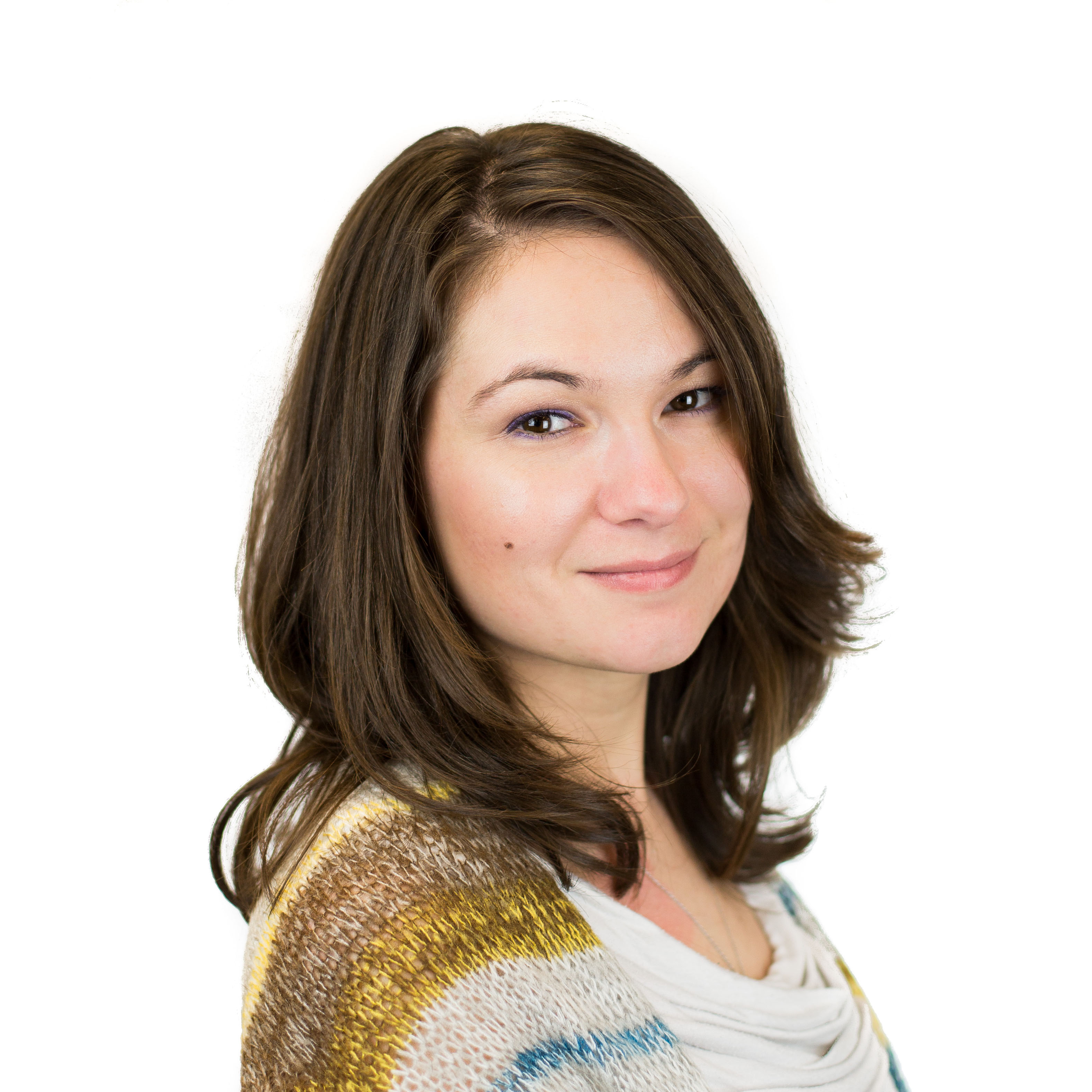Lifesaving, man-made “nano-bots,” something long imagined in fiction, are now being brought to life through DNA origami. What started out as a nanoscale 3-D box sculpted from DNA, and later, 2-D renderings of DNA-drawn world maps, smiley faces, snowflakes and geometric figures, measuring only 100 nm across, has opened the door to a world of potential for nanotechnology.
DNA origami is the precise self-folding of DNA using a long, single-stranded scaffolding piece derived from the M13 phage, as well as smaller strands of nucleic acids or oligonucleotides called “staples.” These staples are what govern the folds of the larger DNA strand into a shape made of linear pleats known as a raster filled shape.
You have probably taken a single sheet of paper and folded it into a two-dimensional or three-dimensional shape. Maybe it even had some functionality. Or you have rolled out a long strand of clay and coiled it into a round or cube-shaped container. The idea of DNA origami is well-illustrated through these techniques, but the objects produced are approximately 1/1000 the size of a strand of hair.
DNA nanotechnology has its roots with Ned Seeman who, in 1991, created a nanosize DNA cube. His research won him the Feynman Prize in 1995. And in 2006, Nature featured Paul Rothemund’s work which describes a simplified folding method for single-stranded DNA to achieve complex, nanoscale DNA shapes. Rothemund’s results meant efficient, accurate folding that could lead to more intricate, biocompatible nanotools produced at low cost.
For nearly 10 years, a flood of subsequent research papers from labs around the world have shown promising results from experimental applications of DNA origami. Not only has the advent of this technology spurred intriguing options for disease treatment, but the very technique has also evolved. Now researchers no longer have to perform manual calculations for their designs; instead, open CAD software such as caDNAno is able to assist researchers and eliminate errors.
As this technology continues to advance, scientists are finding several avenues for its use. Its small size and accuracy has allowed researchers to overcome resistance resulting from targeted cancer therapy.
In 2012, the Journal of the American Chemical Society published “DNA Origami as a Carrier for Circumvention of Drug Resistance.” This piece detailed the process of creating both triangular DNA origami structures and 3D tubular DNA origami structures. These structures were then used to carry doxorubicin into human breast adenocarcinoma cancer cells (MCF 7). While doxorubicin is a known treatment against MCF 7 cancer cells, resistance is often a side effect of targeted cancer therapy.
In this experiment, researchers not only tested the two carrier structures along with free doxorubicin in MCF 7 cells, they also tested in doxorubicin-resistant MCF 7 cells. The results were positive. Using DNA origami structures capable of targeting cancer cells showed efficacy against treatment-resistant cells.
DNA origami delivery structures are continuing to advance. Some of these structures are built with doors and hinges to open up and unload a drug into desired cells. They are even becoming more capable of carrying out programmed tasks.
Recently, Shawn Douglas of the University of California, San Francisco, Ido Bachelet of Bar-IIan University in Israel and George Church of Harvard University have opened the horizon for this technology even more by developing “ DNA origami robots.” These researchers examined DNA origami robot responses to VEGF within cockroaches to study how their carefully crafted suite of nano-bots would interact with one another and other biological molecules, especially for drug delivery. What their results showed is that these robots are able to imitate logical commands, almost acting like a computer within an organism.
Along with robotics, DNA origami is allowing scientists to accurately study distances between interacting proteins and molecules.
Swedish researchers from Karolinksa Institutet used DNA origami to build “ DNA calipers.” Using this tool, they studied interactions between the EphA2 receptor and ephrin molecules that act as its ligand. Their nanotool allowed them to test whether the distance between ephrin molecules had an impact on ligand-receptor communication. By accurately fusing ephrin molecules at varying distance along a DNA origami rod, the researchers were able to analyze how those distances between the ligands were able to induce a receptor response from neighboring cells. The results showed higher EphA2 activity observed in cancer cells when ligands were spaced closer together.
While the outcome of this experiment provides important clues about cancer cell behavior, it also affirms that DNA origami can be used as a powerful tool to study other protein relationships.
Unfortunately, we are probably a long way from seeing the clinical use of DNA origami drug carriers or tools, but as we move into the future, we can be assured that promising treatments will be there to meet us. In the meantime, the science behind it will become further refined and advance into new frontiers we have yet to discover.
References:
Douglas, S., Bachelet, I., Church, G. (2012). A logic-gated nanorobot for targeted transport of molecular payloads. Science 335, pages 831-834. PMID: 22344439.
Jiang, Q., Song, C., Nangreave, J., Liu, X., Qiu, D., Wang, Z. G., … Ding, B. (2012). DNA origami as a carrier for circumvention of drug resistance. Journal of the American Chemical Society. Doi: 10.1021/ja304263n
Rothemund, P. (2006). Folding DNA to create nanoscale shapes and patterns. Nature. Doi: 10.1038/nature04586
Shaw, A., Lundin, V., Petrova, E., Fordos, F., Benson, E., Al-Amin, A., … Teixeira, A. (2014). Spatial control of membrane receptor function using ligand nanocalipers. Nature Methods 11, pages 841-846. Doi: 10.1038/nmeth.3025
 Karen Martin GoldBio Marketing Coordinator |
"To understand the universe is to understand math." My 8th grade math teacher's quote meant nothing to me at the time. Then came college, and the revelation that the adults in my past were right all along. But since math feels less tangible, I fell for biology and have found pure happiness behind my desk at GoldBio, learning, writing and loving everything science. |
Category Code: 79105 79102 79101
.png)




